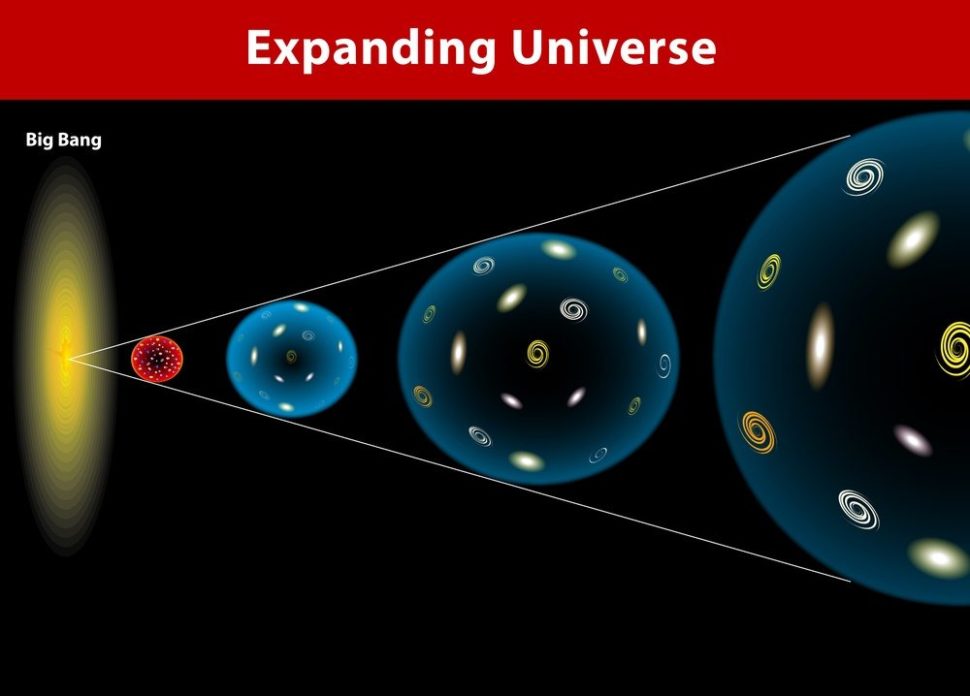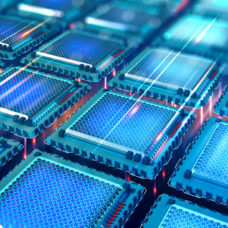Before 2016, the debate over whether the universe is expanding at an accelerating rate appeared to be settled. Because several Nobel laureates in Physics agreed over the years, accelerated expansion became the standard model of universal Physics. A new study, however, casts doubt on this long-held belief.
Since the Big Bang created our universe, astronomers have scoured the radiographic wreckage of that immense event for clues on where we came from and where we’re headed. Among the debris that cooled and condensed to form our universe (like nebulas, galaxies, and planets), astronomers find startling mysteries like dark energy and try to unravel them.
Edwin Hubble, Dark Energy, and the Expanding Universe
Edwin Hubble was arguably the first to witness distant galaxies that seemed to pull away from us.
In his velocity-distance relationship published in 1929, he argued that once the gravitational effects of nearby galaxies are controlled, galaxies move away from one another.
Astronomers interpreted the discovery to mean that the universe is expanding. The finding was also in agreement with Einstein’s equations that theoretically predicted an expanding universe.
In the 1990s, three astronomers were awarded the Nobel Prize, the Gruber Cosmology Prize, and the Breakthrough Prize in Fundamental Physics for their discovery that the universe expands at an accelerating pace.
This led to the widespread acceptance that a force called “dark energy” was abundant in the universe and behaved as a universal constant. This became the standard model of cosmology.
Earlier this year, another team of astronomers using the Hubble Telescope discovered that the universe is expanding at a faster rate than expected.
Nobel Laureate Adam Riess led the team that made the discovery. The team affirmed the widely held view that dark matter is the reason for accelerating expansion.
“ALL OF THESE TESTS ARE INDIRECT and CARRIED OUT IN THE FRAMEWORK OF AN ASSUMED MODEL.”
Reasons for Doubt
According to Professor Subir Sarkar of Oxford University‘s Department of Physics, the evidence of accelerating expansion falls short of a “5 sigma” standard required for a discovery of fundamental significance. Five Sigma measures the p-value or probability of 3×10^-7. At less than five sigma, it is possible that the finding of an accelerating expansion was due to a statistical anomaly.
Five Sigma measures the p-value, or probability, of 3×10^-7. At less than five sigma, it is possible that the findings indicating an accelerating expansion were due to a statistical anomaly.
The team used a dataset from analysis of Type Ia supernovae, which is the same body of evidence used to affirm the theory of accelerated expansion. The difference was Sarkar’s team had more data to pull from than was previously available.
Of the previous Nobel Prize-winning research which he refutes, Sarkar says, “all of these tests are indirect, carried out in the framework of an assumed model, and the cosmic microwave background is not directly affected by dark energy.”



















Comments (0)
Most Recent